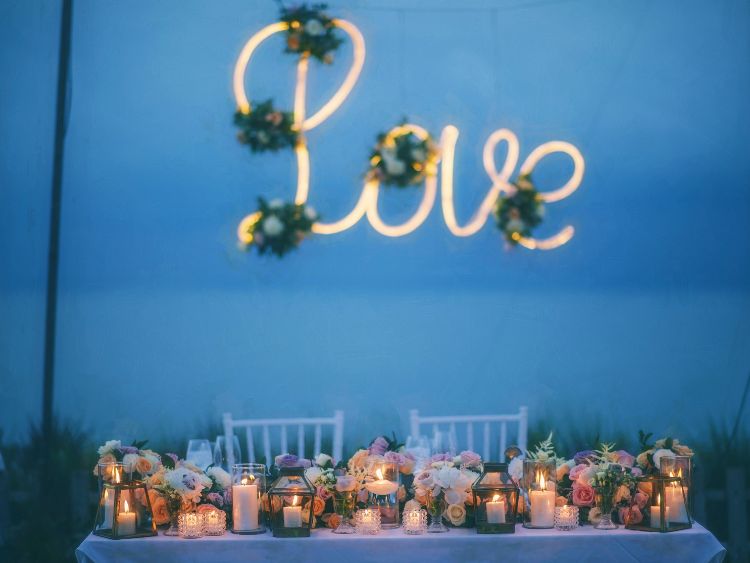Why Formal Dress Code Matters
Dressing well isn’t just about fashion—it’s about making an impression. Whether you’re heading to a corporate event, a wedding, or a gala, understanding the nuances of a formal dress code can make or break your appearance. And let’s face it, no one wants to stick out for the wrong reasons, right?
This guide will walk you through everything you need to know about formal dress codes—from their meaning to tips for nailing the look. Stick around, and you’ll leave feeling confident about your next big event.
What Is a Formal Dress Code?
In simplest terms, a formal dress code refers to a set of guidelines dictating the type of attire one should wear for formal events. These rules help ensure everyone looks polished and appropriately dressed for the occasion.
There are different levels of formality, including:
- Black-tie attire
- White-tie attire
- Business formal
- Cocktail attire
Each category has its own rules and expectations, which we’ll explore in detail.
Types of Formal Dress Codes
1. Black-Tie Attire
When an event calls for black-tie attire, think elegance. This dress code is often associated with evening events, galas, and weddings.
For men:
- A black tuxedo with satin lapels
- A formal white dress shirt
- A black bow tie
- Black patent leather shoes
For women:
- Floor-length evening gowns
- Subtle, elegant accessories
- Closed-toe heels
2. White-Tie Attire
If black-tie is fancy, white-tie is extra fancy. This is the most formal of all dress codes and is often reserved for state dinners or ultra-exclusive events.
For men:
- A tailcoat with matching trousers
- A crisp white formal shirt and white bow tie
- Gloves (optional but traditional)
For women:
- Full-length ball gowns
- Long gloves (optional but elegant)
- Statement jewelry
3. Business Formal
Business formal is a toned-down version of black-tie attire, typically required for corporate events or important meetings.
For men:
- A tailored dark suit (black, navy, or charcoal)
- A dress shirt and tie
- Polished leather shoes
For women:
- A tailored pantsuit or knee-length skirt suit
- Neutral-colored heels
- Minimal accessories
4. Cocktail Attire
While cocktail attire is slightly less formal, it still demands a polished look.
For men:
- A suit (sans the tuxedo)
- A dress shirt with or without a tie
- Dress shoes
For women:
- A knee-length or midi dress
- Elegant but understated accessories
- Heels or chic flats
Tips for Mastering the Formal Dress Code
Understand the Event
First things first—what’s the occasion? A gala requires a different approach than a corporate dinner. Look for clues in the invitation to determine the level of formality.
Invest in Quality Staples
A timeless tuxedo or a classic black dress is worth the investment. These pieces will last for years and can be styled in countless ways.
Pay Attention to Accessories
Accessories can make or break your outfit. For instance:
- Men: Opt for a sleek watch or cufflinks.
- Women: A clutch or understated jewelry can add sophistication.
Grooming Is Non-Negotiable
Even the sharpest suit can’t compensate for unkempt hair or scuffed shoes. Ensure you’re well-groomed from head to toe.
Common Mistakes to Avoid
1. Overdressing or Underdressing
Showing up in a tuxedo to a cocktail event or wearing a casual suit to a black-tie wedding? Yikes. Always check the dress code to avoid such mishaps.
2. Ignoring Fit
Ill-fitting clothes can ruin your look. Get your attire tailored for a flawless fit.
3. Going Overboard with Accessories
Less is more when it comes to formal events. Avoid flashy watches, chunky necklaces, or anything too loud.
FAQs
What does “formal dress code” mean?
A formal dress code dictates specific clothing styles suitable for upscale or significant events, such as tuxedos, evening gowns, or tailored suits.
Can women wear pants to formal events?
Absolutely! A well-tailored pantsuit can be just as elegant as a dress. Ensure it fits well and complements the event’s vibe.
Is black always the safest choice for formal attire?
Black is a classic and versatile choice, but you can also explore navy, charcoal, or deep jewel tones for a bit of flair.
What’s the difference between black-tie and white-tie?
Black-tie is formal but slightly less rigid, while white-tie is the epitome of elegance with stricter rules for attire.
Can I skip the tie for business formal?
It’s best to wear a tie unless explicitly stated otherwise. It’s always better to be slightly overdressed than underdressed.
Conclusion: Dress to Impress
Mastering the formal dress code is easier than it seems. With the right attire, grooming, and accessories, you’ll exude confidence and class. Remember, it’s not just about following rules—it’s about embracing the occasion and looking your best.
When in doubt, opt for timeless pieces, get them tailored, and keep accessories minimal. You’ll always hit the mark.
Authoritative Links for Reference
- https://www.gq.com/style
- https://www.vogue.com/fashion
- https://www.etiquetteguide.com/formal-dress-code
